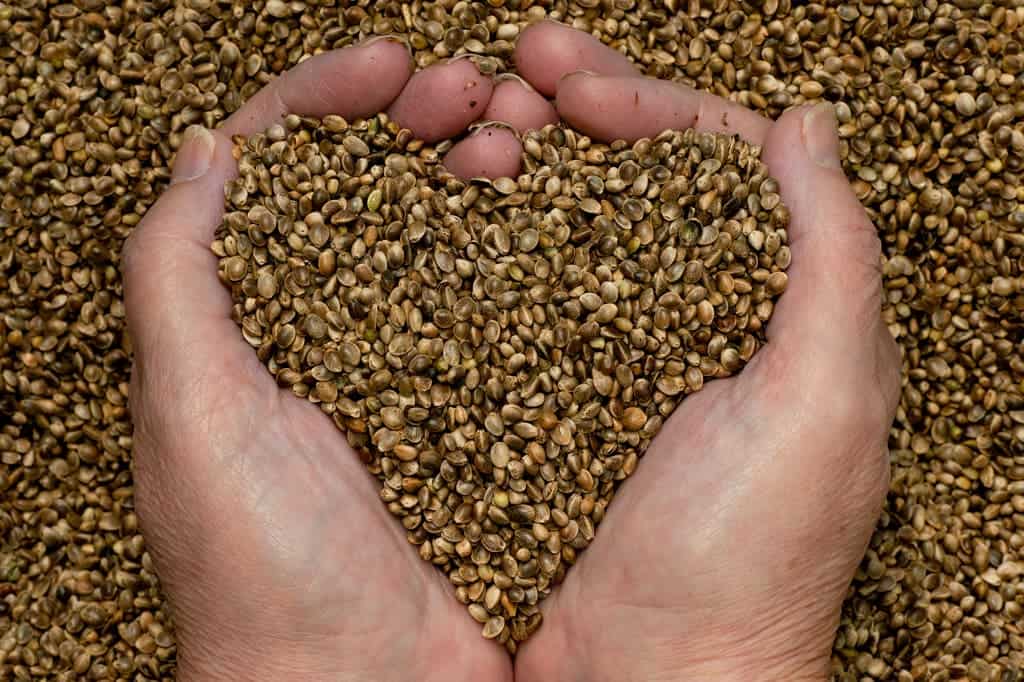For a long time, scientists have believed there’s a sort of net trade-off between the number of seeds and the size of the seed a plant yields. Namely, if a plant yields more seeds, these will be smaller or, oppositely, if a the size of the seed is greater, there will be fewer seeds. Now, scientists at University of Bath’s Department of Biology & Biochemistry found this isn’t a mutually inclusive link. Their research shows that it’s possible to increase seed number and seed size both at the same time, a finding with great implications for food security.
More, bigger seeds possible

The team studied naturally occurring genetic variation in Arabidopsis thaliana, a close relative of oilseed rape. Using a new tool called Multiparent Advanced Generation Inter-Cross (MAGIC) lines, the precise locations on chromosomes of genes that affect size and number of seeds were identified. With these locations at their disposal, the researchers then focused on determining whether or not these genes were connected with another. According to the paper published in Genetics, genetic factors that control seed number and size are located on different parts of the genome, hence seed size and number can be controlled independently without affecting one or the other.
“This study shows it’s actually possible to increase both seed size and seed number. These results are very promising, especially for food security,” says Dr Paula Kover, Senior Lecturer in Genetics at the University of Bath.
“The next step is to narrow and to identify the exact genes involved in seed size and seed number so that we can use breeding techniques to maximise yields.”
Some 850 million people worldwide as classes as living in hunger, a number that is expected to surge as the world’s population will rise by 3 billion by 2050. The arable landmass is expected to stay the same, though, so a solution would be to grow more per square meter. The U.S. average corn yields have increased from approximately 1.6 tonnes/ha in the first third of the 20th century to today’s approximately 9.5 tonnes/ha. This dramatic yield improvement is due to the development and widespread use of new farming technologies such as hybrid corn, synthetic fertilizers, and farm machinery.
[RELATED] Climate change will cause lower crop yields
Seed crops haven’t been that well investigated, though. As biodiesel production increases, food crops are ever stressed by the competition for the farmland. Increasing seed yield through genetic manipulation thus has the potential to significantly improve how both our food and energy needs are met.
It’s important to note that growing more is just part of the solution. Cutting waste is arguably more important. Coincidentally, we also posted today a story about how 20 to 40 percent of the fresh food grown by farmers in developed countries is thrown away because it doesn’t look pretty. That’s beside the 20 to 40 percent of the world’s potential crop production that’s already lost annually because of the effects of weeds, pests and diseases. Overall, the amount of food lost or wasted every year is equivalent to more than half of the world’s annual cereals crop (2.3 billion tonnes in 2009/2010). Of course, food is perishable and doesn’t last forever, but with a bit of due diligence, each of us can do his or her part by cutting on waste.
Was this helpful?



